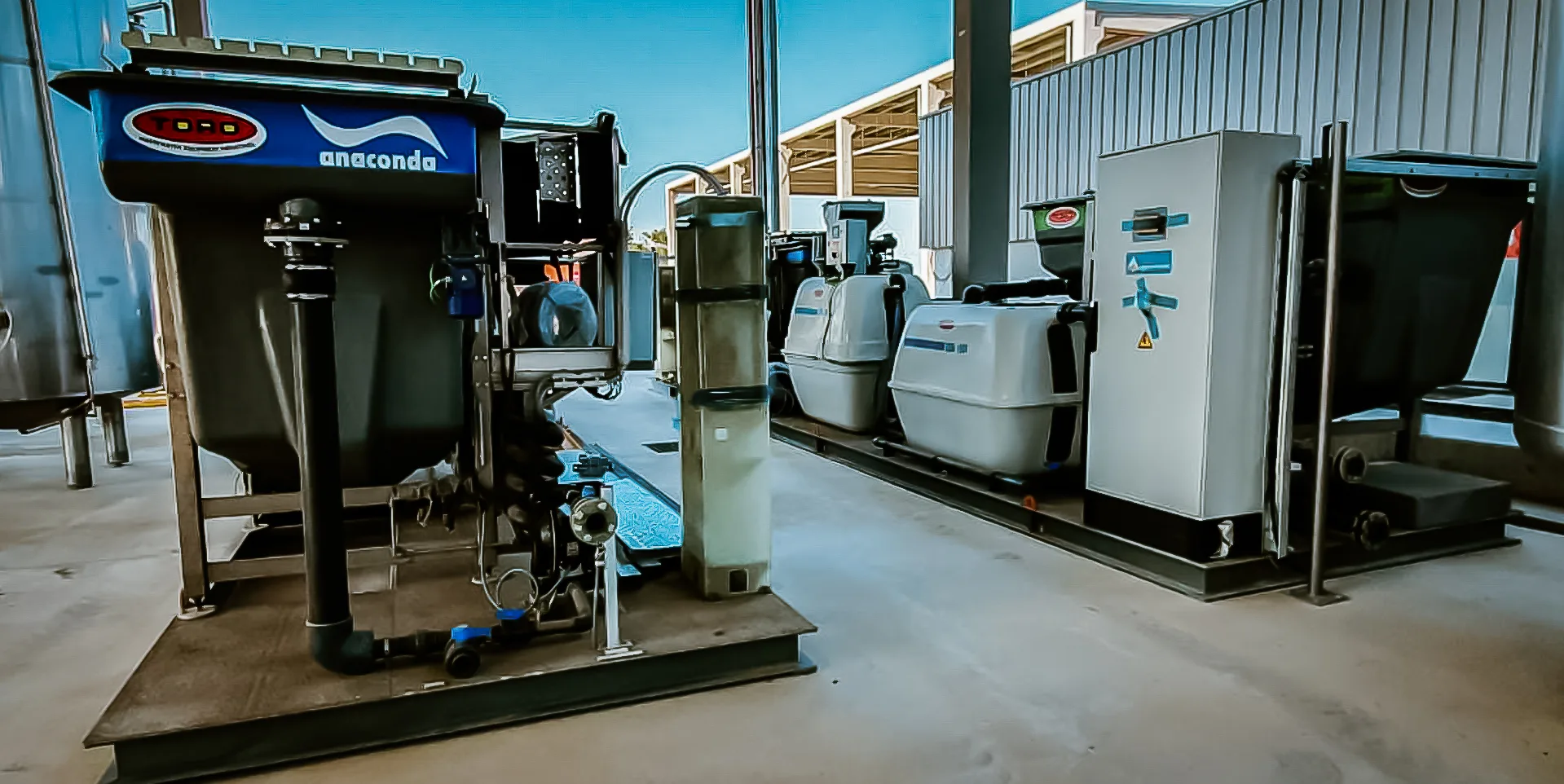

Cooling tower water treatment. Is a crucial process in ensuring the efficiency and longevity of cooling systems. By effectively treating the water used in cooling towers, companies can prevent corrosion, scale buildup, and microbiological growth, ultimately saving money on maintenance and repairs. There are several methods of cooling tower water treatment, including chemical treatment, physical treatment, and biological treatment.
Chemical treatment involves the use of various chemicals to control the pH levels of the water, inhibit corrosion, and prevent scale formation. Physical treatment methods, such as filtration and ion exchange, help remove impurities and maintain water quality. Biological treatment uses biocides to control the growth of bacteria and algae in the water. It is important to regularly monitor and test the water in cooling towers to ensure that the treatment process is effective and to make any necessary adjustments. Failure to properly treat cooling tower water can lead to decreased efficiency, increased energy consumption, and potential health risks. In addition to using the right treatment methods, companies should also consider water conservation practices to reduce the amount of water used in cooling towers. This can help lower operating costs and minimize environmental impact. Overall, proper cooling tower water treatment is essential for the optimal performance and sustainability of cooling systems.
Is a critical process that ensures the efficiency and longevity of cooling systems by addressing issues such as corrosion, scale buildup, and microbiological growth. Effective treatment of the water used in cooling towers is essential for saving costs on maintenance and repairs. There are various methods employed in cooling tower water treatment, categorized into chemical treatment, physical treatment, and biological treatment.
Regular monitoring and testing of the water in cooling towers are essential to ensure the effectiveness of the treatment process. This allows for adjustments to be made as needed, maintaining optimal water quality and system performance. Failure to properly treat cooling tower water can result in decreased efficiency, increased energy consumption, and potential health risks due to the presence of harmful microorganisms.
In addition to selecting the right treatment methods, companies should consider implementing water conservation practices to reduce the overall water usage in cooling towers. This not only helps lower operating costs but also aligns with environmental sustainability goals.
In summary, proper cooling tower water treatment is crucial for the optimal performance and sustainability of cooling systems. By employing chemical, physical, and biological treatment methods, companies can ensure the integrity of their cooling towers, minimize maintenance costs, and contribute to both operational efficiency and environmental responsibility.